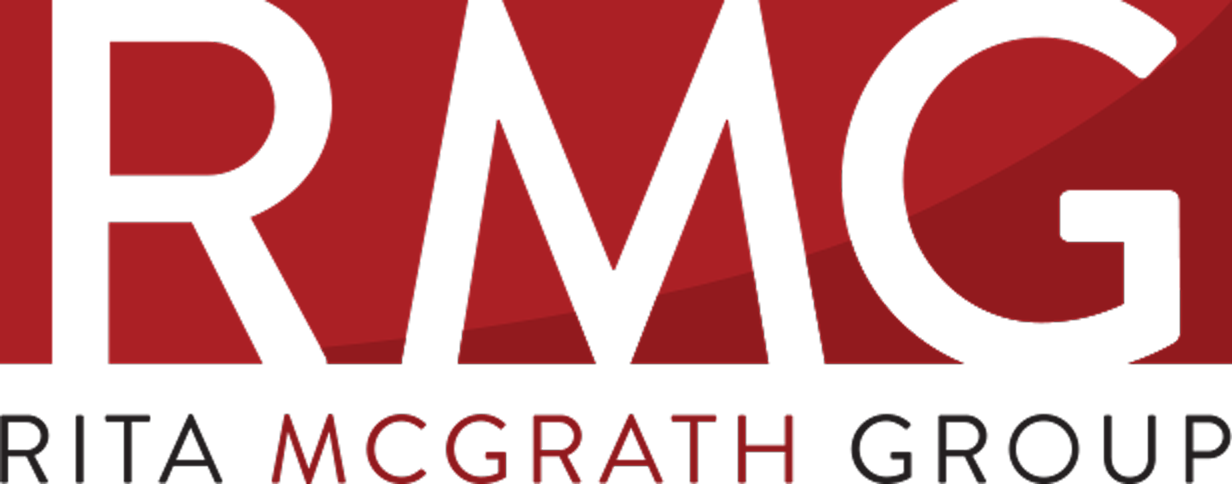
One of the core tenets of a discovery driven approach to decision-making is that under conditions of high uncertainty, striving to be “right” can lead you very much astray. Being right, in the sense of being able to predict what is likely to happen makes a lot of sense when you have a platform of experience to go on. It makes no sense when conditions change frequently, or there is much that is unknown. Under those circumstances, you need flexibility and the capacity for ‘intelligent failure’ rather than a mindless determination to stick with a plan that may no longer be relevant.
As my assistant, Anne M. Ferguson pointed out to me, Jack and Suzy Welch are of the same opinion. In one of their recent columns entitled “Fear of Flip Flopping” they point out that one hallmark of a good leader is the ability to revise their points of view as conditions change. The example they use is a legend in business school parlance – the decision to abandon GE’s famous “Be #1 or #2 in every market that we serve or “fix, close or sell” the businesses that couldn’t cut it. They describe a “eureka” moment at one of their famous management courses in which executives realized that this mantra was actually constraining GE’s growth by causing its managers to define their markets narrowly enough to make the market share numbers. Once they relaxed this requirement, managers were better equipped to look at adjacent markets in which GE did not yet have a strong position and invest to grow there.
The basic message is not to be inconsistent, but to be aware of the assumptions that you are making as you make decisions. As the assumptions change, the decisions might have to as well.
